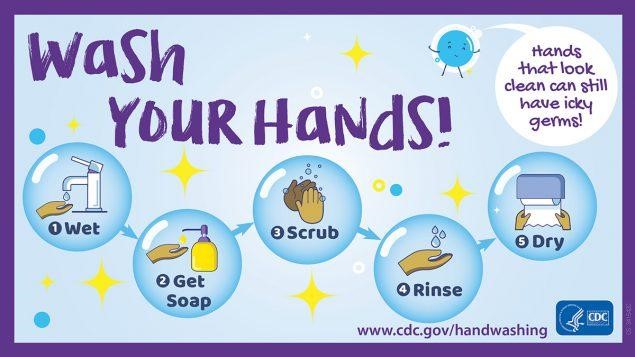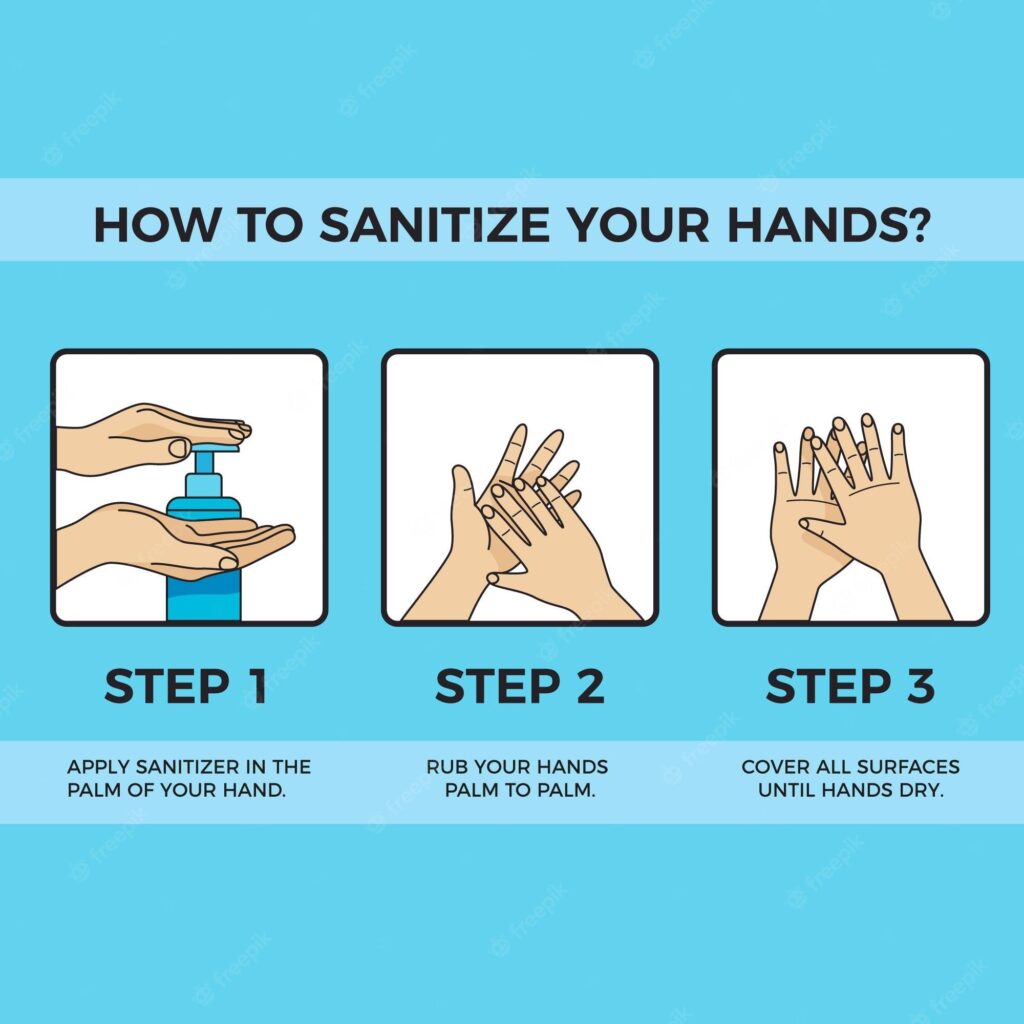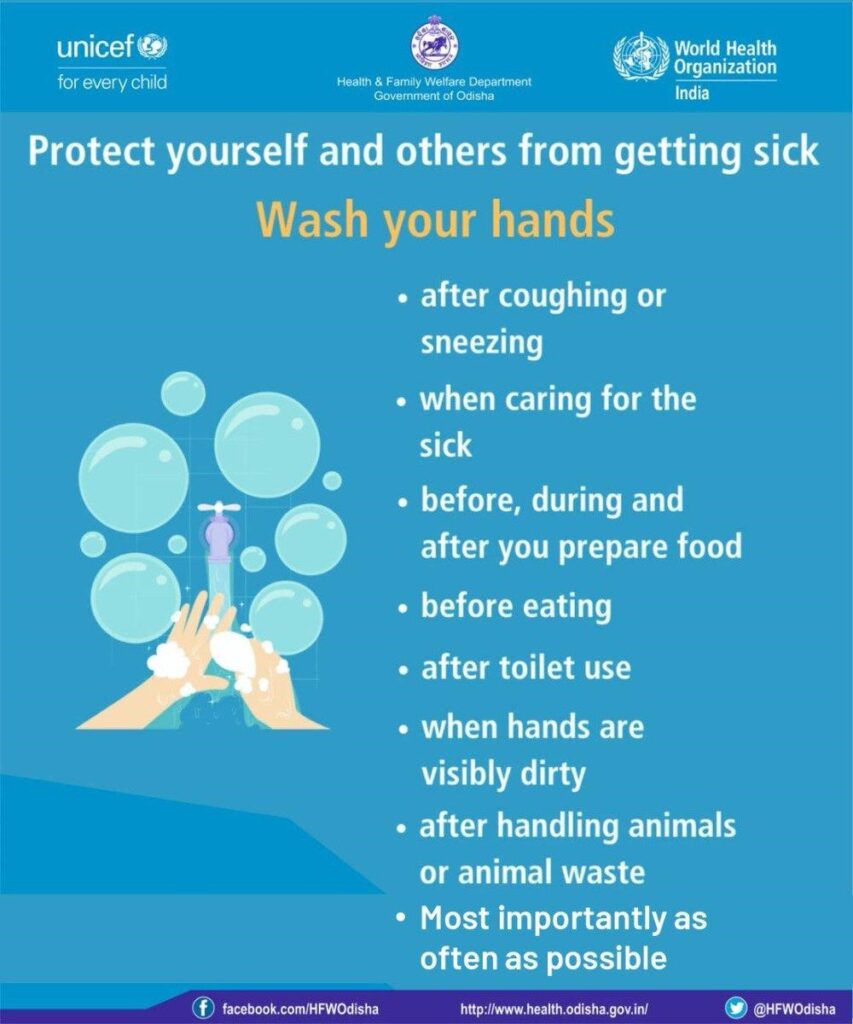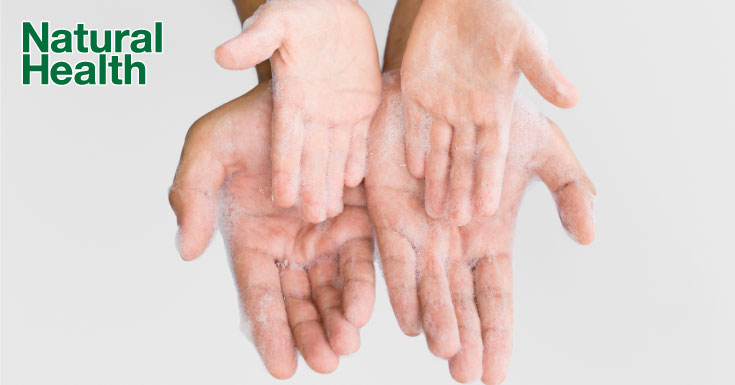The importance of hand hygiene (HH) in preventing the spread of germs and illnesses cannot be emphasised enough. It is the key step to breaking the chain of infection in any clinical setting, as well as in our everyday life. Historically Dr Semmelweis back in the 19th century in the Vienna General Hospital was the first person to introduce the HH concept into medical practice. He proved that the policy of mandatory HH among doctors and students using water and lime solution at that time had saved more lives.
Viruses and bacteria are invisible to our naked eyes, but their presence around us is very real. They are living organisms. Naturally, they are hardy and able to survive on surfaces and objects for hours to days at room or colder temperatures.
Every day in our life, we continuously touch things and surfaces that hold germs, bacteria and viruses. Lift buttons, keyboards, pens, door knobs, supermarket trolleys, car keys, money, and coins are some examples of high-touch and contaminated areas. Hence, when we touch contaminated surfaces and objects, we can easily pick up the viruses and efficiently spread them further.
Germs are everywhere, and they are not innocent. Germs carry potential illnesses. So, we definitely cannot ignore their impact on our health.
HH is the first and the most important step to stop the spread of infectious diseases that are spread by direct contact. By performing HH, we eliminate the germs that we have picked up. Hence, it cannot multiply and infect us and other people around us. So, the possibility of infectious diseases spreading has ended. It’s as simple as that.
Step-by-step guide on the correct technique for handwashing with soap and water

Research has shown that, if the hand sanitiser contains at least 60% alcohol, it is effective to clean hands. Hand sanitiser is an alternative for hand hygiene whenever soap and water are not readily available. However, it must be used correctly. You should not use hand sanitiser on visibly dirty or greasy hands.
The correct way to sanitise your hands:

HH is not only crucial for healthcare workers in a clinical setting. Even though it is the first step in preventing infection, many people tend to brush it off. This usually happens due to the lack of awareness of the importance of HH.
Thus, in order to maintain HH in various settings, these two elements should be prioritised.
- Increase awareness by giving information about the importance of HH. We can utilise various audio-visual platforms such as video clips, brochures and posters to deliver the information on the HH technique, the key time of HH and the benefits of HH methods.
- At the workplace, employers can adopt the HH culture by appointing a HH ambassador or give rewards to HH champions to boost the workers’ motivation to cultivate the culture. Use simple but captivating phrases to remind them about HH such as “Hand Hygiene Saves Life” and “Clean Hands are Happy Hands”. A similar thing can also be done at home, where the parents should model the culture of HH to their children. In line with this, facilities to wash or sanitise hands must always be provided at the workplace and in various public places.

Remember, even if your hands don’t look dirty, you can’t be sure it is totally clean, such as after you pet a dog or cat or when you go to the washroom. In these instances, you should wash or sanitise your hands before you touch your face, touch others or put things into your mouth. If you don’t clean your hands, you are helping transport and spread bugs to others or other places.
Touching your face with contaminated hands also puts you at risk of infection as your nose, mouth and eyes are the doors to the inside of your body.
HH is important because it protects us and other people around us from infections. It is proven to be one of the most effective ways to remove germs on our hands. The key step to keeping infection away from us is to make HH a regular habit.
 Dr. Nor Hayati Shaharuddin
Dr. Nor Hayati Shaharuddin
Infectious Diseases & Internal Medicine,
Pantai Hospital Ayer Keroh


